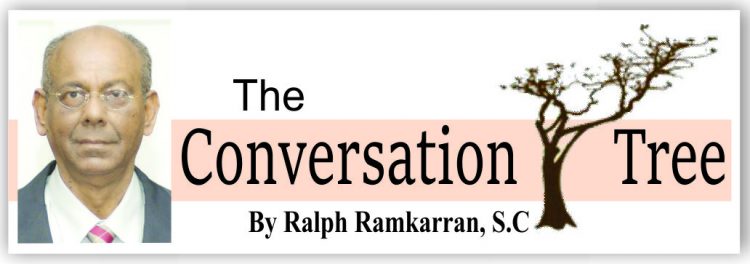
A permanent acknowledgement should be made via the restoration of a part of the original Jonestown site along with a memorial for the victims to remind future generations that – to quote the infamous display at the Jonestown pavilion: “Those who do not remember the past are condemned to repeat it.”
The Gallup Poll has reported that Jonestown was the third most important International News Impact story, behind Pearl Harbor and 9/11. We cannot lose sight of this significance and are therefore obliged to preserve its lessons in an equally appropriate way.
Other historical sites of tragedy such as Masada, the Nazi concentration camps of Auschwitz and Birkenau, the Killing Fields of Cambodia, and the World Trade Center have appropriately acknowledged their tragedies and fittingly memorialized their victims and educating people in the hope that these events will never again repeat themselves. The time has come for all those touched by the Jonestown tragedy – in the US as well as in Guyana – to share in a similar understanding and commit to a similar cause.
Below is an outline of an elementary concept of what could be an appropriate and permanent mark.
The Guyana government should offer the concession of land on which the original Jonestown community was built to an independent body established for the historic preservation of Jonestown. This new concession should be divided into four parts:
First, the project anticipates restoration of some parts of the original settlement in as much detail as can be gleaned through photographs of the community, personal recollections, and other means. This re-creation would include for example, the main meeting hall, Jim Jones’ residence, “The Box” (a 6’x4′ foot underground enclosure, where Jonestown’s offenders were allegedly punished, and other significant buildings which offer a glimpse into community life. These recreations will provide a sense of scale of the community and a physical sense of what it would have been like to live there.
Secondly, a separate building would be erected to serve as an exhibit hall chronicling the history of Peoples Temple, audio and visual recordings, personal reflections by survivors and family members, and academic and lay analyses which have been published over the years. This feature will serve to provide the facts to visitors and offer some explanations as to how and why this atrocity took place. Most importantly, this exhibit will allow the visitor to come to his or her own conclusion and to gain a sense of how to guard against symptoms of future possible tragedies.
Thirdly, an appropriate memorial for the victims of November 18th should be built. This memorial will serve as a tribute for the victims as well as a place for current survivors and family members to seek solace and closure. Fourthly, a large part of the original community should be left untouched as it has been over the past 25 years. The juxtaposition of the above three physical structures with the visual effect of nature reclaiming much of what was once a living, breathing community, would be a poignant reminder of how ephemeral life really is and how the passage of time can quickly dim this tragedy in our consciousness. Perhaps most importantly, this symbolism will help inspire us and provide the determination not to allow the lessons of this tragedy to ever be forgotten.
Given the nature and size of the project, it will require many people coming together to achieve success. It will be a long and challenging project. It will take great vision, shrewd coordination, hard work and efficient use of resources to achieve its objective. However, it all starts with a few committed persons willing to make a difference for something they believe in.
At its most basic level, Jonestown represents a struggle for human understanding. There are many lessons of human nature we need to learn from the events of 25 years ago. No doubt, this is a painful and long process. The “Jonestown community,” widely defined, has a tremendous responsibility to help record the lessons learned and to try to understand the ones yet to be learned, not only for those immediately affected, but also for a wider global community. We need to acknowledge this responsibility, begin a dialogue and consider the appropriate action.